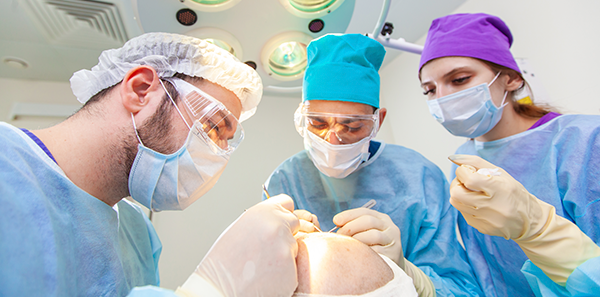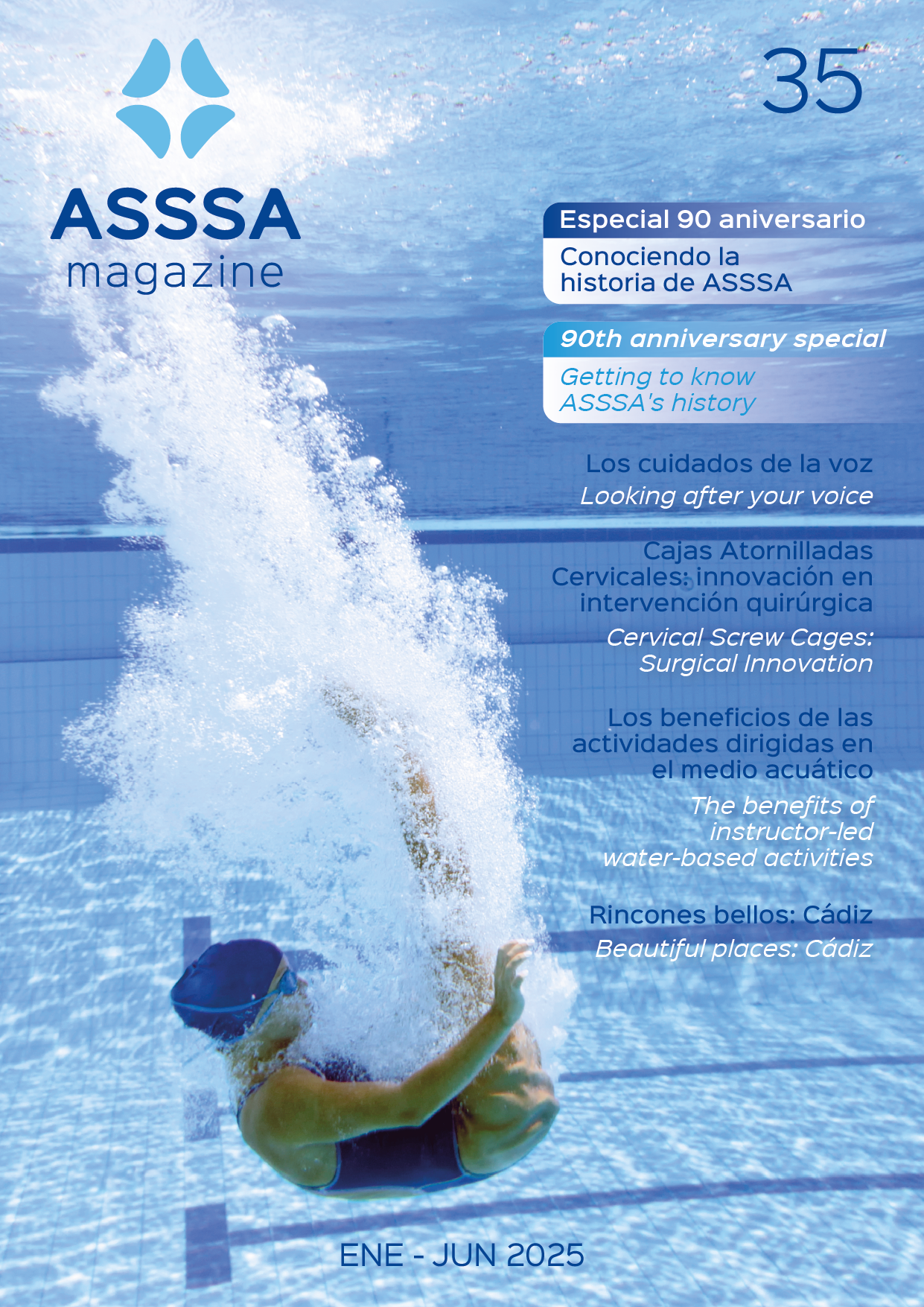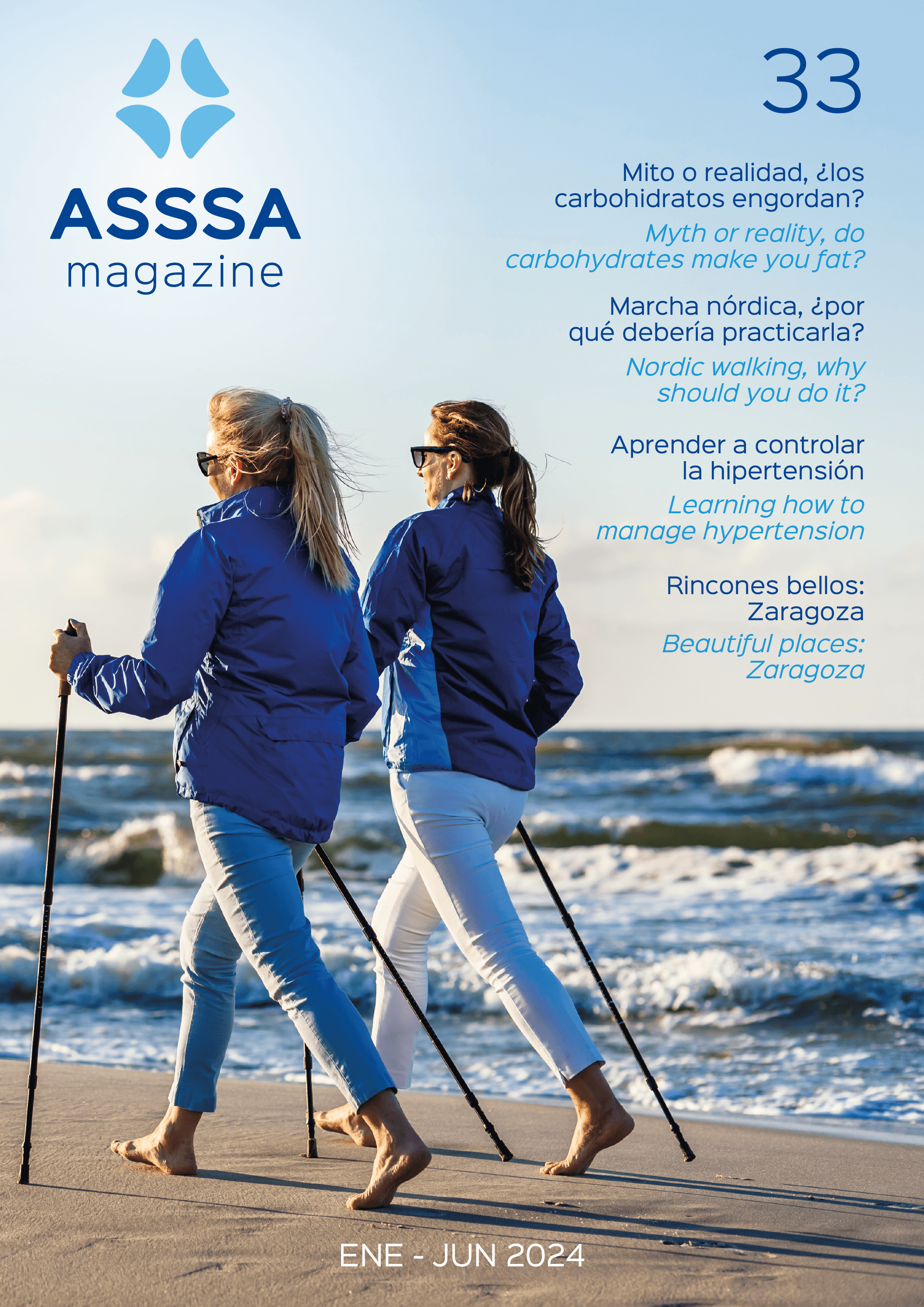
In recent yars femtosecond lasers are revolutionizing ophtalmic surgery achieving better results in sight: They are like a magic scalpel that, through transparent structures, allow carving that is much more accurate than a surgeon's best hand.
On the one hand, Lasik is currently the most widely used technique in refractive surgery that corrects myopia, farsightedness and/or astigmatism and always consists of two parts. In the first phase, the surgeon lifts a thin layer of corneal tissue like a lens. This part is currently carried out in two ways: with a blade or a femtosecond laser platform (Intralase). Meanwhile, in the second phase the surgeon corrects the graduation by shaping the cornea with an Excimer laser. The latest innovation in this technique therefore resides in that first part at the centres that have replaced blades with femtosecond lasers (Intralase). The last published trials have shown that performing this lift with Intralase, implemented in our country for no more than ten years, allows, in addition to a personalized treatment, 100% laser surgery that is safer thanks to a more perfect corneal incision architecture, as well as a faster post-operative recovery (stronger and more stable healing) and a lower incidence of dry eye. In addition, blades are starting to be contraindicated in countries like the United Kingdom due to the impossibility of sterilization of the microkeratome (blade) head. Ten years later, it is surprising that more patients are still undergoing surgery in our country with blades rather than with femtosecond lasers.
In the field of cataract surgery, the Catalys femtosecond laser has led the revolution in cataract surgical procedures as well as being the best option for the more demanding Premium Lens implants. A new laser surgical technique that, today, greatly favours softening the crystalline lens, reduces inflammation and helps speed visual recovery after surgery making catarct surgery easir and faster. Thus, catalys technology results in a lower rate of complications thanks to decreased energy and ultrasound time of up to 90% thanks to a more perfect corneal incision architecture with better control of astigmatism than traditional manual surgery.
Regarding the latest additions in Premium high-end lenses, trifocal lenses are the closest thing to the eye's natural lens or crystalline lens. They are those with which the patient can focus both from near, far or even medium distances. An alternative that makes it possible to eliminate the need for glasses permanently.
Technological advances should be applied if they ensure an improvement in surgical quality and safety, which is really the most important thing for patients.
Dr. Pedro Tañá – Medical Director Oftalvist
The information published in this media neither substitutes nor complements in any way the direct supervision of a doctor, his diagnosis or the treatment that he may prescribe. It should also not be used for self-diagnosis.
The exclusive responsibility for the use of this service lies with the reader.
ASSSA advises you to always consult your doctor about any issue concerning your health.












